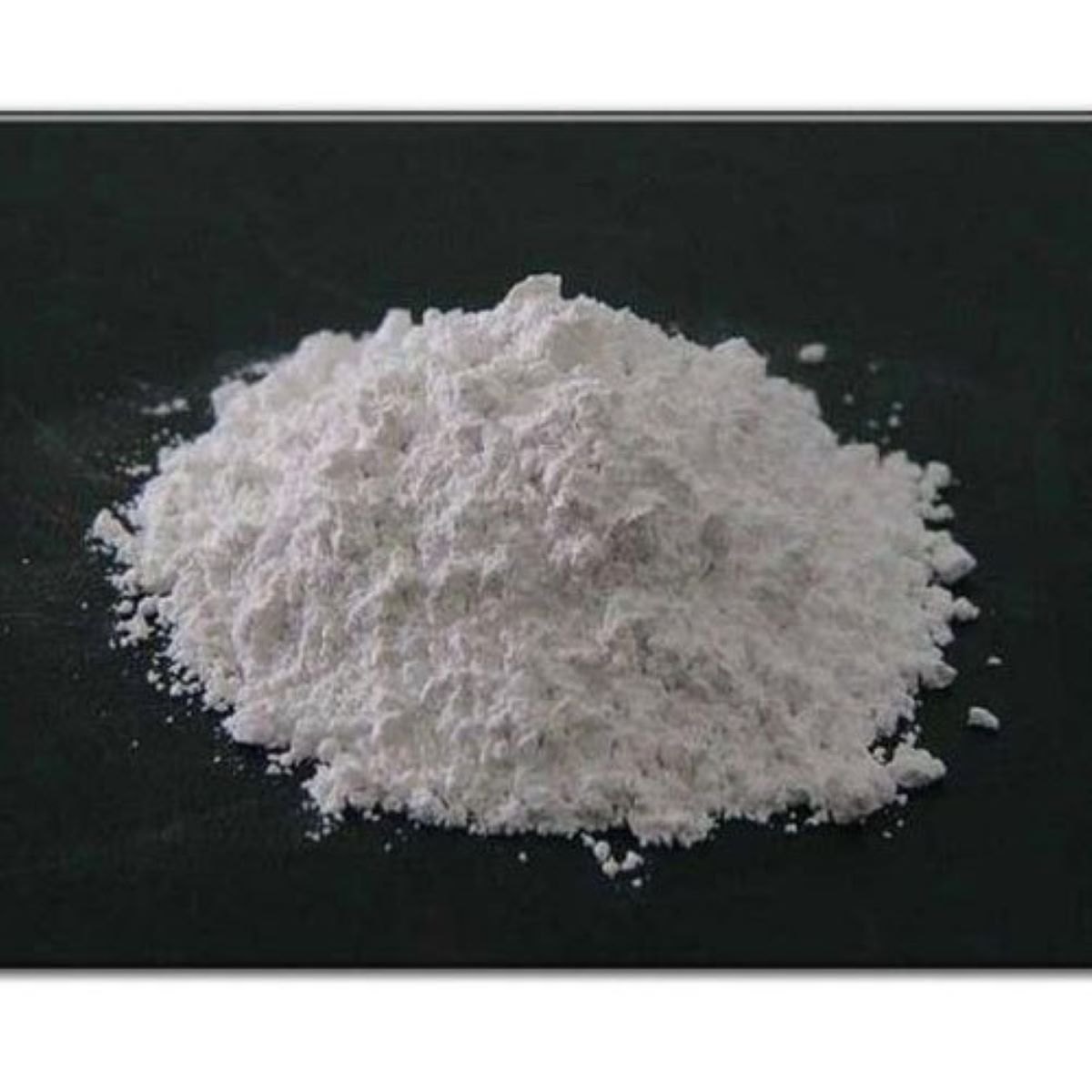Calcium carbonate is a naturally occurring mineral that is found in various geological formations. It plays a vital role in numerous natural processes and has a wide range of applications. Understanding where calcium carbonate can be found naturally can help in appreciating its importance in both the environment and industries. This article explores the sources of calcium carbonate and its significance in nature.
Common Sources of Calcium Carbonate
Calcium carbonate is widely present in nature in different forms. The most common sources of this mineral include rocks, seashells, and limestone. These natural formations are rich in calcium carbonate and are often mined or processed for various uses.
Limestone and Marble
Limestone is one of the most abundant natural sources of calcium carbonate. It is found in large deposits around the world and is used extensively in the construction industry. When limestone undergoes a process called metamorphism, it turns into marble. Marble is another rock that contains high levels of calcium carbonate, and it is widely used in sculptures and building materials due to its durability and aesthetic appeal.
Seashells and Coral
Seashells, coral reefs, and marine organisms such as mollusks also contain significant amounts of calcium carbonate. These organisms use the mineral to form their shells and skeletons. When these organisms die, their shells and skeletal remains accumulate on the ocean floor, forming large deposits of calcium carbonate. Over time, these deposits can turn into limestone or other rock formations. The natural presence of calcium carbonate in seashells and coral reefs is essential for maintaining the balance of marine ecosystems.
Calcium Carbonate in Soil and Water
Calcium carbonate is also found in soil and water, especially in regions with limestone bedrock. When rainwater comes into contact with limestone, it can dissolve small amounts of calcium carbonate, which then enters rivers, lakes, and groundwater. This process contributes to the hardness of water in certain areas. In soil, calcium carbonate helps to neutralize acidity, making the soil more fertile and suitable for growing plants.
In Soil
In agricultural practices, calcium carbonate is often used to correct soil acidity. This helps in improving soil structure and nutrient availability for plants. Its natural presence in soil plays a key role in maintaining soil health and supporting plant growth.
In Water
Calcium carbonate is commonly found in freshwater systems and is an important component of the natural water cycle. It can influence the pH levels of water, affecting aquatic life. In many regions, water hardness is a result of the presence of calcium carbonate, which is dissolved into the water as it passes through limestone formations.
The Importance of Calcium Carbonate in Nature
Calcium carbonate is not only significant for its industrial uses but also for its role in maintaining natural ecosystems. It is essential for the growth of marine organisms and the health of terrestrial plants. In aquatic environments, calcium carbonate helps maintain the balance of ecosystems by regulating pH levels. In terrestrial ecosystems, the mineral plays a role in soil fertility and supporting plant life.
Industrial Uses of Calcium Carbonate
The natural abundance of calcium carbonate makes it an important mineral for various industries. It is widely used in the production of cement, glass, paper, and plastics. The powdered form of calcium carbonate is also used in the manufacturing of paints, coatings, and even as a dietary supplement for its calcium content.
Due to its widespread availability, the use of calcium carbonate powder in industries is cost-effective, making it an ideal material for numerous applications. Whether in its natural rock form or as a finely ground powder, calcium carbonate continues to play an essential role in modern manufacturing and construction.
Conclusion
Calcium carbonate is a versatile and abundant mineral found in various natural sources such as limestone, seashells, coral reefs, soil, and water. Its natural presence in the environment has a significant impact on ecological balance and industrial applications. From building materials to environmental processes, calcium carbonate continues to serve many purposes, demonstrating its importance in both nature and industry. Understanding where and how this mineral is found can help us appreciate its value and versatility.

